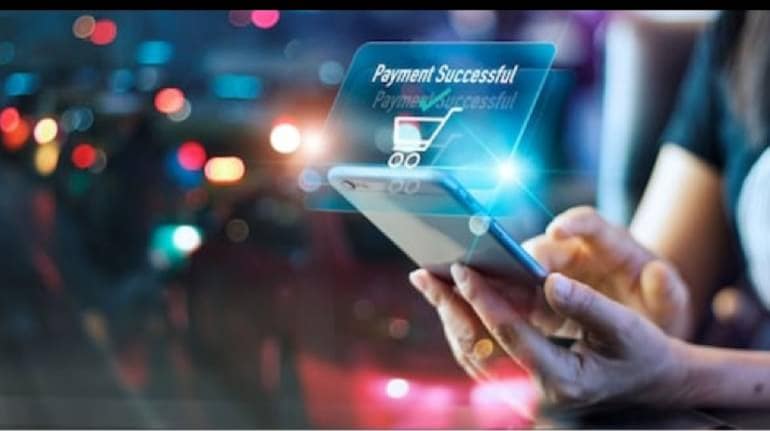



Digital payment methods including UPI transfers and credit card transactions will likely reach saturation point in India by FY27, but cash will continue to be used, CLSA said in a report.
However, experts said reaching saturation stage will not mean the end for the growth of digital payments and it will only spur technological advancements in digital banking and payments.
“Digital payments would be equivalent to 46 percent of consumption GDP in FY27, while mobile payments would be 32 percent of consumption GDP. This is when we believe the sector will start to saturate as cash will always be in circulation,” CLSA said in the report on July 27. “Credit cards, UPI, etc may not necessarily be the preferred modes to buy large-ticket consumption items such as cars and durables.”
India’s digital payment market is expected to more than triple to $10 trillion by 2026, leading digital payment platform Phone Pe and Boston Consulting Group said in a report a few days earlier. The Phone Pe report said 40 percent of all transactions in India are digital and payments worth $3 trillion were processed by digital instruments in 2021, excluding financial services, corporate business and government transactions.
India's Unified Payments Interface (UPI) continues to grow and recorded 5.95 billion transactions worth Rs 10.41 lakh crore last month. UPI facilitates instant money transfers.
According to the Phone Pe report, UPI volumes increased about nine-fold over the past three years, increasing to 46 billion transactions in FY22 from 5 billion transactions in FY19. UPI accounted for more than 60 percent of non-cash transaction volumes in FY22.
Technological advancements
Executives in the digital payment sector said saturation will only bring about innovation and better technological advancements. More advanced banking solutions will be introduced with the help of artificial intelligence and Internet of Things.
“Once it was believed that the mobile phone market would get saturated. Yes, the mobile phones we used got replaced and in turn came smartphones, which help us perform various other things alongside just calling. Similarly, if we say the digital payment sector will be saturated, it means there will be new applications introduced with high-end technology,” said Mandar Agashe, founder of Sarvatra Technologies, a platform for financial transactions.
Experts said concepts such as non-fungible tokens and the metaverse are emerging and could encompass the digital payment ecosystem.
“Saturation will only be driven by innovation in the context of technology with assured security and privacy,” said Kunal Verma, CEO and Co-Founder of Freo.
According to the Phone Pe report, the digital payment ecosystem has been positively disrupted by the entry of multiple players with diverse offerings such as Third Party Application Providers (TPAPs) driving payments at scale and niche players offering services through Buy Now Pay Later (BNPL) options or new gen credit scoring with payments data.
“There is no need to have such a pessimistic outlook,” PhonePe said. “India is a young country so more digital users in terms of payment and banking will be there in future.”
Cash not an alternative
Currently, the total currency in circulation is around Rs 32 lakh crore as on July 8, 2022, while it was around Rs 26.8 lakh crore in August 2022, shows the data of the RBI. Thus, within two years, there has been a rise of nearly 20 per cent in the currency in circulation.
The CLSA report said digital payment saturation will be reached even as cash continues to be in circulation.
Experts said India will not be a cash-free economy. Cash will continue to be the mode of transaction for some rural customers and some medium and small enterprises. However, that won’t hinder the growth of digital payments.
“Cash is basically crypto in the global market these days. So the concept of cash is changing too,” said Agashe.
He said that if the concept of cash is changing and is being driven by digital tokens, one can’t discard the thought of having something analogous in India.
Discover the latest Business News, Sensex, and Nifty updates. Obtain Personal Finance insights, tax queries, and expert opinions on Moneycontrol or download the Moneycontrol App to stay updated!
Find the best of Al News in one place, specially curated for you every weekend.
Stay on top of the latest tech trends and biggest startup news.